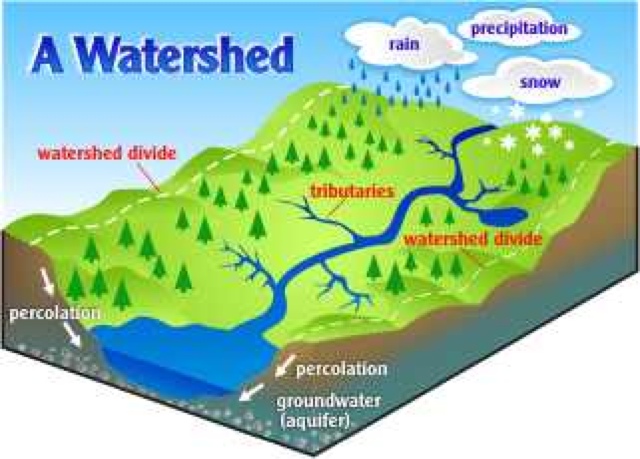Freshwater Ecology
Thursday, May 16, 2013
Algae Lab
What I liked about the algae lab was that I actually got to see firsthand what the pollutants looked like, and even some of the organisms as well. Instead of having to just watch some video, I actually got to see them through a microscope. It was pretty hard to keep track of some of the organisms though, because they were zooming across the sample, and you would have to constantly be moving the slide or dish to catch up with them. The different types of algae were much harder to find in the samples than the organisms, as the algae was much smaller and not moving as much.
Monday, May 6, 2013
Anabaena
Anabaena is a problem in te environment because it is very toxic to animals, which often leads to death to fish that come in contact with it. It can also cause skin rashes to humans. One adaptation that anabaena has are that it fixes its own nitrogen. It is well known that anabaena has an odor problem when in small amounts, and the odor that it makes can be described as smelling of pig. Anabaena has the appearance of a chain of tiny connecting grapes.
Thursday, May 2, 2013
Aquarium Field Trip
I did not get to go on the field trip, so I didn't get to experience the ecosystem and animals first hand. One interesting thing that I learned for my project, however, are that Mayan shamans used to dry roast Middle American Rattlesnakes and ground them into a powder to use for medicines. The bonnethead shark is a member of the hammerhead genus. The Giant Pacific Octopus has a scientific record of weighing 156 lbs. The Black-footed Penguin does not need cold eatherto survive and is actually native to South Africa. The Bigtooth Stingray is threatened by habitat loss.
Wednesday, May 1, 2013
Amphibians Video
The difference between toads and frogs is that a toads skin is dry while a frogs skin is moist and smooth. A toad walks while a frog jumps to get around where it needs to be, and a toad has poison glands behind its eyes. Amphibians are considered to be an indicator of the health of our ecosystems because they can inhale toxins through there skin, so if something were wrong with the environment then they would begin to die. There has been a decrease in amphibian population because there has been an increase in pollution and they are easily succeptable to it. Any polution effort can be done to prevent this from happening further, and there are lots of groups trying to accomplish this.
Pond Assessment
1. Observation (Check for things such algae blooms, foam, and dea organisms)
2. Take a water sample
3. Look at the types of algae/insects that are in the pond to determine if the water is clean or dirty
4. Do water quality testing (Test for ammonia, nitrates, temperature, pH, etc.)
5. After finishing with the cheap tests, do the more expensive tests if the water is polluted.
2. Take a water sample
3. Look at the types of algae/insects that are in the pond to determine if the water is clean or dirty
4. Do water quality testing (Test for ammonia, nitrates, temperature, pH, etc.)
5. After finishing with the cheap tests, do the more expensive tests if the water is polluted.
Monday, April 22, 2013
Watersheds
A watershed is the area of land where all of the water that is under it or drains off of it goes into the same place. The watershed that I live in is Elm Fork of the Trinity River (12030103). It is important to monitor the quality of water in the watersheds because the water has an impact on the community that it resides in, be it polluted or clean. Some benefits that our community gets from watersheds is that they give clean drinking water, and they can be used for energy production.
Algae Search Lab
My fish saw these algae organisms in the tank as an opporunity to eat. After adding them, the fish noticed that they were in the tank and then began to eat them. Only one or two survived being eaten probably because beta fish are pretty vicious and he was probably pretty hungry.
Subscribe to:
Comments (Atom)






